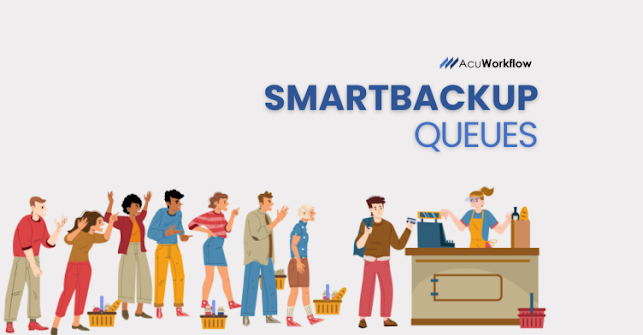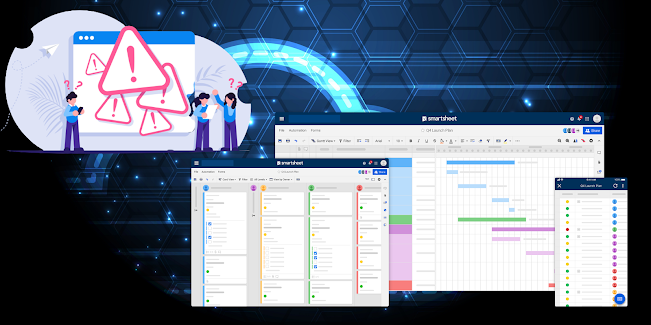Navigating the world of backups in Smartsheet
Traditionally the main reason for creating backups is to save important files for when system crashes or hard drive failures occur. With Smartsheet being in the cloud, the backup mindset turns much more to the service not being available or loosing parts of your worksheet set due to user error, or data being overwritten accidentally. Even worse situations can occur if you were to lose pieces of your business records embedded across multiple Smartsheet sheets that make up one of your major transitional projects, as an example.
There are various reasons for having backups. Think of the spare tire in the trunk of your car, or the extra clothing in your hand-luggage for if your baggage accidently gets waylaid while traveling. In these circumstances, a backup can literally save your “life”, but with data, a backup can save your business.
Smartsheet sheets are largely driven by people and events. People are not infallible, and events can be triggered by accident. People make mistakes, and they make them quite often. Worksheets are accidently updated and saved with incorrect info and important sheets are mistakenly overridden or portions deleted. However, there is no reason to fear these issues, as they can all be managed if you take frequent incremental snapshots of your Sheets.
Making sense of Smartsheet backups
- Backup Tool is a tool that you can use to create a complete back up your entire Smartsheet account. It is a command-line tool written in Java and requires technical expertise to configure and deploy.
- To back up your sheets, folders, or workspaces go to your Home tab in Smartsheet, right click on the sheet, folder, or workspace and select Request Backup. From this menu you have the option to include attachments and to receive an email when the backup is complete. Note that in this case the backups consist of an Excel Workbook copy of each sheet. These Excel files do not maintain formatting, cell links, formulas, etc.
On initial appearance, it seems as if Smartsheet has you covered in terms of creating backups of your data. You can selectively backup part of your data or all your data albeit with some limitations.
- Backup destroys formatting – one of the key Smartsheet attractions is the ability to format sheets and elevating usability with the use of icons, symbols, conditional formatting, cell formatting, and sheet organization, including row indenting, and Gantt, Card, and Calendar views. However, most of these features are lost when backing up sheets using the standard Smartsheet options, which effectively convert the sheets into ordinary Excel files. Therefore, if you need to do a recovery, you may be able to restore your basic data, but the process may leave you with an “unusable application”.
- No effective daily backups – assuming people and events drives ebbs and flows, it is vital to take aligned snapshot copies and have the ability to revert to previous copies and versions of sheet data. With standard Smartsheet options, this is not possible due to timing constraints, which are aggravated because there is no guarantee when the actual backup takes place. The security of recovery only arrives when the scheduled email arrives, and you download the zipped backup.
- User driven – you as the user must decide what to backup. If you get it wrong, a vital piece may be missing in the event of failure. Even worse, you may only notice that something is missing when recovery is needed. Even if you get it right, you may be backing up the right stuff the wrong way, e.g. backing up the same sheet although it has not been changed at all.
Introducing SmartBackup
What sets SmartBackup further apart is that it’s default backup space is within your own Smartsheet account, referred to as the "Vault", which means all of your sheet formatting is preserved and recovery is super simple! All your need to do is copy the affected rows or cells back to the “live” sheet. All formatting, links, history, formulas, Forms, etc. are maintained.
Take SmartBackup for a spin
Visit https://www.acuworkflow.com for more details.







Comments
Post a Comment